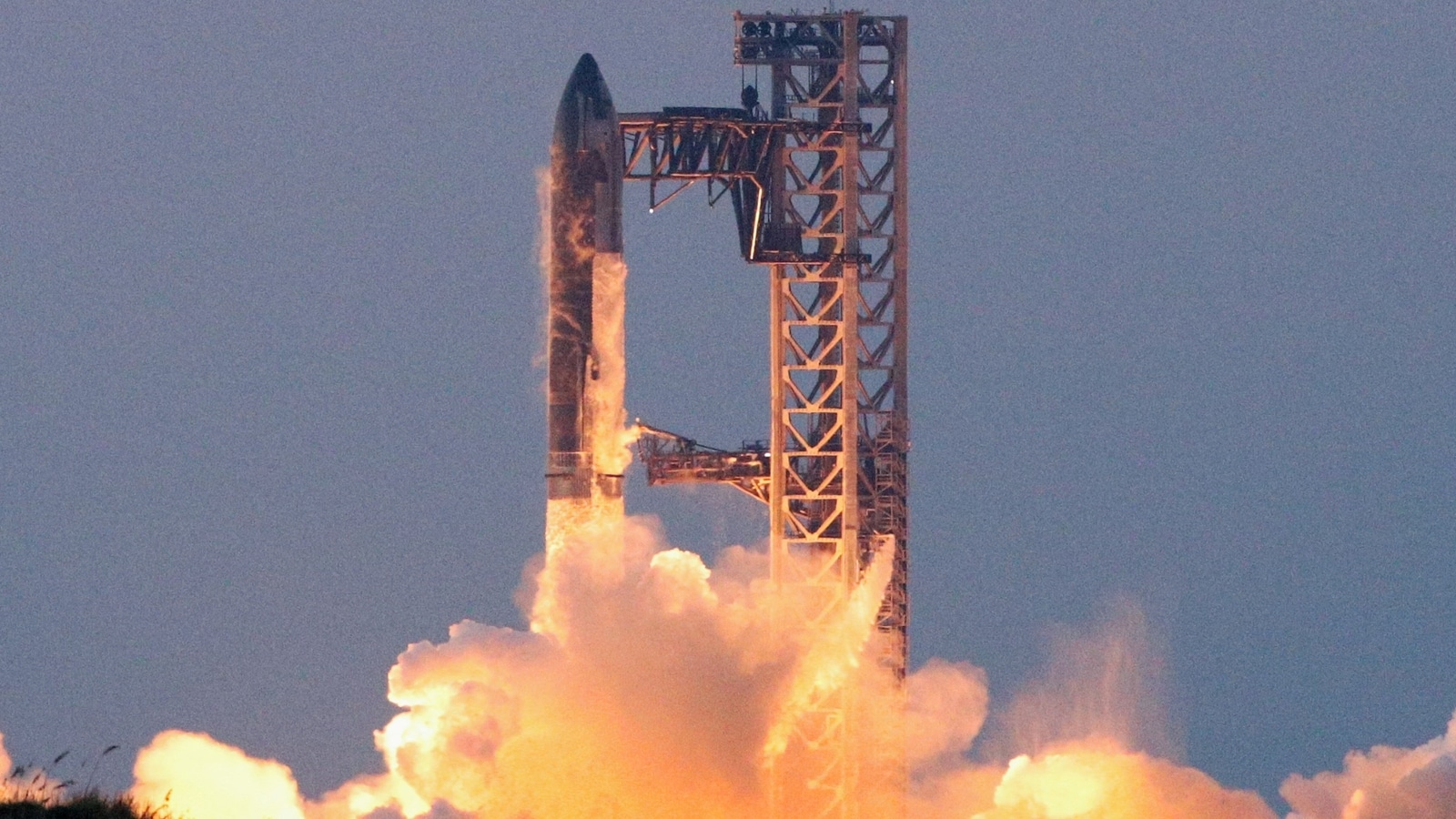SpaceX Advances Starship Launch Preparations

SpaceX is making significant strides in its preparations for the next integrated flight test of its Starship launch system. Recently, the company conducted static fire tests for both stages of the system at its Starbase facility in Texas. These tests are crucial for ensuring the performance and reliability of the Super Heavy booster and the Starship’s second stage. As SpaceX gears up for its upcoming mission, the focus is on refining the technology that will play a vital role in future space exploration.
Super Heavy and Starship Complete Static Fire Tests
SpaceX has successfully completed static fire tests for both the Super Heavy booster and the Starship’s second stage. The Super Heavy booster underwent a full-duration static fire test, which involved all 33 Raptor engines. This test simulated the conditions expected during an actual launch. The results confirmed that the booster is ready for the next phase of testing. Images and updates shared by SpaceX showcased the test’s success, providing reassurance about the vehicle’s performance.
Following the Super Heavy test, the Starship’s upper stage was subjected to its own engine test. This test took place near the launch site and focused on evaluating engine performance under varying thrust conditions. By simulating different flight scenarios, engineers can gather valuable data to refine the propulsion system. These tests are essential for ensuring that both stages of the Starship system work seamlessly together during future missions. The successful completion of these static fire tests marks a significant milestone in SpaceX’s ongoing development of the Starship launch system.
Upcoming Launch and Regulatory Considerations
Looking ahead, SpaceX is targeting the end of February for its next integrated flight test, known as IFT-8. However, the company must first secure final approval from the Federal Aviation Administration (FAA) before confirming a launch date. This regulatory step is crucial, as it ensures that all safety measures are in place for the upcoming mission. SpaceX is eager to conduct multiple Starship launches throughout the year, which aligns with its broader goals of advancing reusable rocket technology.
The FAA’s approval process can be lengthy, but SpaceX remains optimistic about its timeline. The company has a history of pushing the boundaries of space technology, and it aims to continue this trend with the Starship system. By conducting several test flights, SpaceX hopes to gather data that will enhance the vehicle’s performance and reliability. The upcoming IFT-8 mission is a critical step in this journey, and the company is committed to meeting all regulatory requirements to ensure a successful launch.
Starship’s Performance in Previous Flights
The last test flight, IFT-7, took place in January 2025. During this mission, the Super Heavy booster was successfully caught by the launch tower’s robotic arms. However, communication with the Starship’s second stage was lost mid-flight, leading to concerns about the vehicle’s stability. Observers reported debris falling over the Caribbean, suggesting a possible in-flight breakup. This incident highlighted the challenges SpaceX faces in achieving reliable flight performance.
In response to the issues encountered during IFT-7, SpaceX engineers are working on design and operational improvements for the next mission. The goal is to enhance flight stability and ensure a controlled descent for both stages of the Starship system. By addressing the challenges faced in previous flights, SpaceX aims to increase the chances of success for future missions. The lessons learned from IFT-7 will play a crucial role in shaping the development of the Starship system as it moves forward.
Starship’s Role in Future Missions
SpaceX is committed to refining the Starship system for operational use in various missions. One of the most significant upcoming missions is NASA’s Artemis program, which aims to return astronauts to the lunar surface. The Starship lander is planned for use in Artemis 3, currently scheduled for 2027. This mission will mark a pivotal moment in human space exploration, and the Starship system will play a key role in its success.
Before the Starship can be deployed for human spaceflight and other commercial missions, additional test flights are necessary. These flights will validate the vehicle’s capabilities and ensure that it meets the rigorous standards required for crewed missions. SpaceX’s ongoing commitment to testing and refining the Starship system is crucial for its future success. As the company continues to push the boundaries of space technology, the Starship will be at the forefront of its efforts to explore the cosmos.
Observer Voice is the one stop site for National, International news, Sports, Editor’s Choice, Art/culture contents, Quotes and much more. We also cover historical contents. Historical contents includes World History, Indian History, and what happened today. The website also covers Entertainment across the India and World.
Follow Us on Twitter, Instagram, Facebook, & LinkedIn

